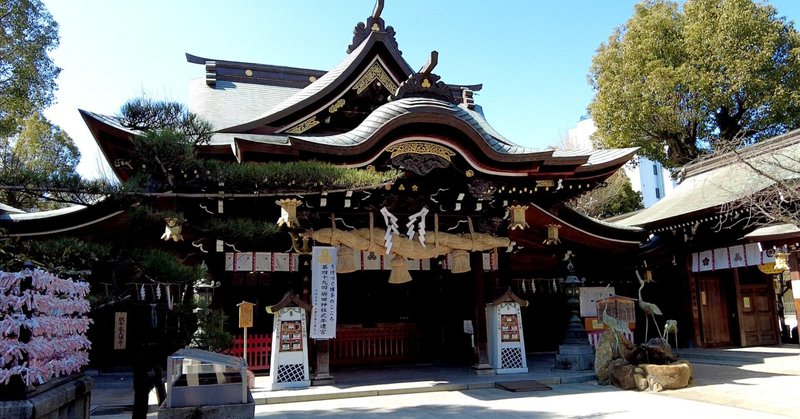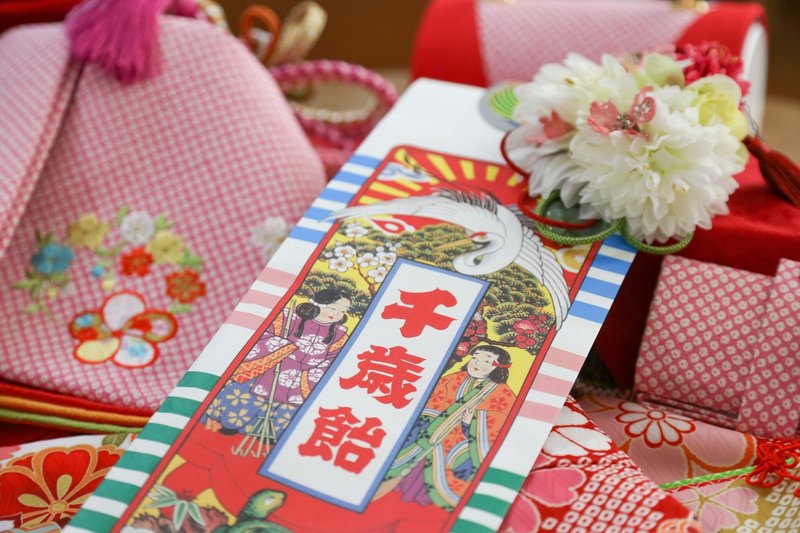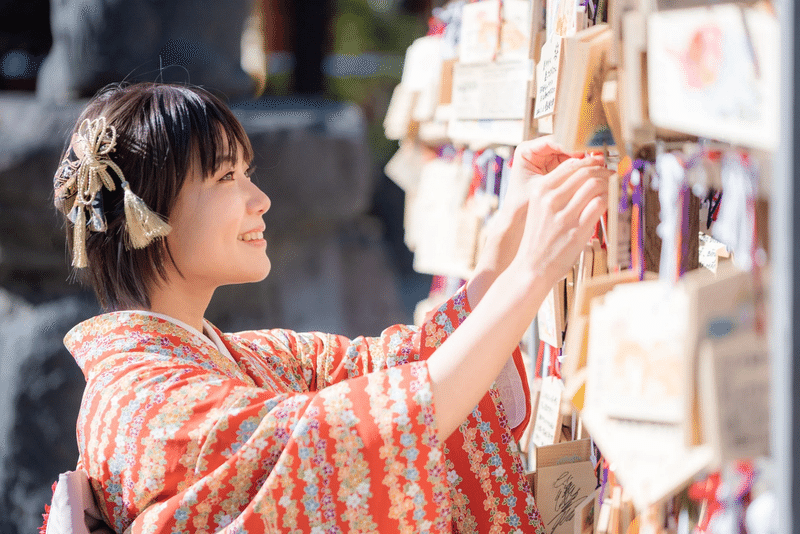
Exploring Japan's Traditions: Shrine Visits During Key Life Milestones
Hello, everyone! I want to share some cool info about Japan's shrine visits.

In November, especially, you might see families at shrines dressed in colorful kimonos. This is for "Shichi-Go-San", a special event to give thanks for the harvest and for children growing up healthy. It's a day of gratitude, kind of like Thanksgiving in some countries.

During "Shichi-Go-San", kids often carry a long candy called "chitose-ame". This candy represents a wish for a long and happy life. It's kind of like when people in other countries make wishes blowing out birthday candles. The event itself feels a bit like Thanksgiving in some countries.

During "Shichi-Go-San", it's also common for families to take group photos at the shrine to commemorate the occasion.

At the start of the New Year, many Japanese people visit shrines. This visit is called "Hatsumōde".

They pray for safety and health for the coming year. During this time, you'll often see many people wearing kimonos.

Japanese families often visit shrines during significant times in their lives. For instance, about 100 days after a baby is born, families might perform a ritual called "Omiya-mairi". In some cultures, this could be likened to christening or baby dedication ceremonies.

Shrines in Japan aren't just tourist spots. They're filled with deep traditions and culture. Next time you visit a shrine, remember these facts and immerse yourself in the rich history of Japan!
この記事が気に入ったらサポートをしてみませんか?
